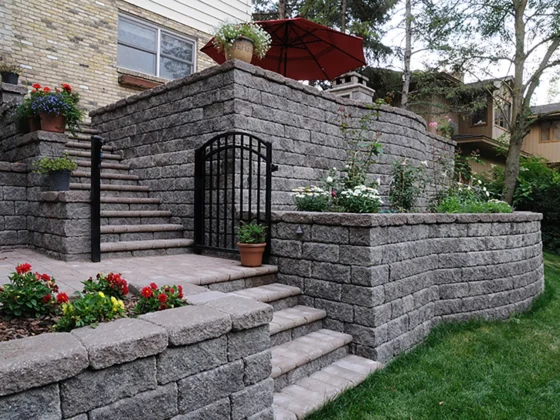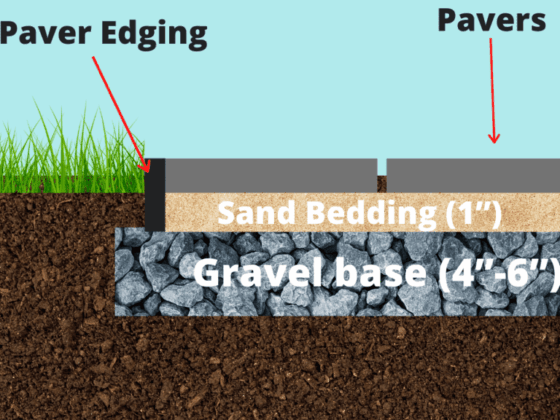Summer has arrived, and while the sunny weather is great for backyard barbecues and outdoor fun, it can take a real toll on your lawn. If your grass starts looking more brown than green, don’t worry—it’s not too late to bring it back to life. The key is knowing how to care for it properly during the hotter months.
Here are some of the best tips to keep your lawn healthy, green, and thriving all summer long:
1. Water in the Morning and Water Deep
Timing matters when you water your lawn. The best time to water is early in the morning, ideally between six and nine. This gives the water time to soak into the soil before the sun gets too intense. Watering in the evening can lead to fungal growth since the grass stays damp overnight.
When you water, do it deeply rather than frequently. Your lawn needs about one to one and a half inches of water each week, including rainfall. Deep watering encourages stronger roots that are more resistant to heat and drought.
2. Mow High, Not Short
Cutting your grass too short during the summer can do more harm than good. Longer grass blades help shade the soil, keeping it cooler and helping it retain moisture. It also helps prevent weeds from taking over.
A good rule is to avoid cutting more than one third of the grass height at a time. Keep your mower blade sharp and raise the cutting height to around three to four inches during the hot season.
3. Use Fertilizer Wisely
Feeding your lawn with the right nutrients helps it stay strong and green, but be careful with when and how you apply fertilizer. Avoid heavy feeding during extremely hot periods. A slow-release fertilizer applied in early summer is a better option, giving your grass steady nutrition over time.
Fertilizing at the wrong time can actually stress your lawn more, so make sure you time it right and don’t overdo it.
4. Watch for Pests and Lawn Diseases
Heat-stressed lawns are more vulnerable to pests like grubs and chinch bugs. If your grass develops brown patches that don’t respond to watering, pests could be the cause.
Check for signs of insects or root damage, and consider bringing in a professional if you’re not sure what you’re dealing with. Catching the problem early can save your lawn from long-term damage.
5. Leave the Clippings
After mowing, don’t worry about bagging up all the grass clippings. Let them fall back onto the lawn. This simple practice helps return moisture and nutrients to the soil, reducing the need for extra fertilizing.
Just make sure the clippings are not too thick or clumped, especially if the grass was wet when you mowed.
6. Aerate the Lawn
If your lawn sees a lot of foot traffic, the soil can become compacted, making it difficult for water, air, and nutrients to reach the roots. Aerating—punching small holes into the soil—can help loosen things up and improve your lawn’s overall health.
If you didn’t aerate in the spring, doing it early in the summer can still make a big difference.
Final Thoughts
Maintaining a green lawn in the summer heat isn’t impossible—it just takes the right approach. With consistent care, smart watering, proper mowing, and attention to pests and feeding, you can enjoy a lush lawn all season long.
If you’re looking for professional help with your lawn, our team is ready to assist. Whether you need routine maintenance, fertilizing, or expert advice, we’re here to keep your yard looking its best.
Let me know if you’d like to include your business name, service area, or a call-to-action at the end tailored to your company.






